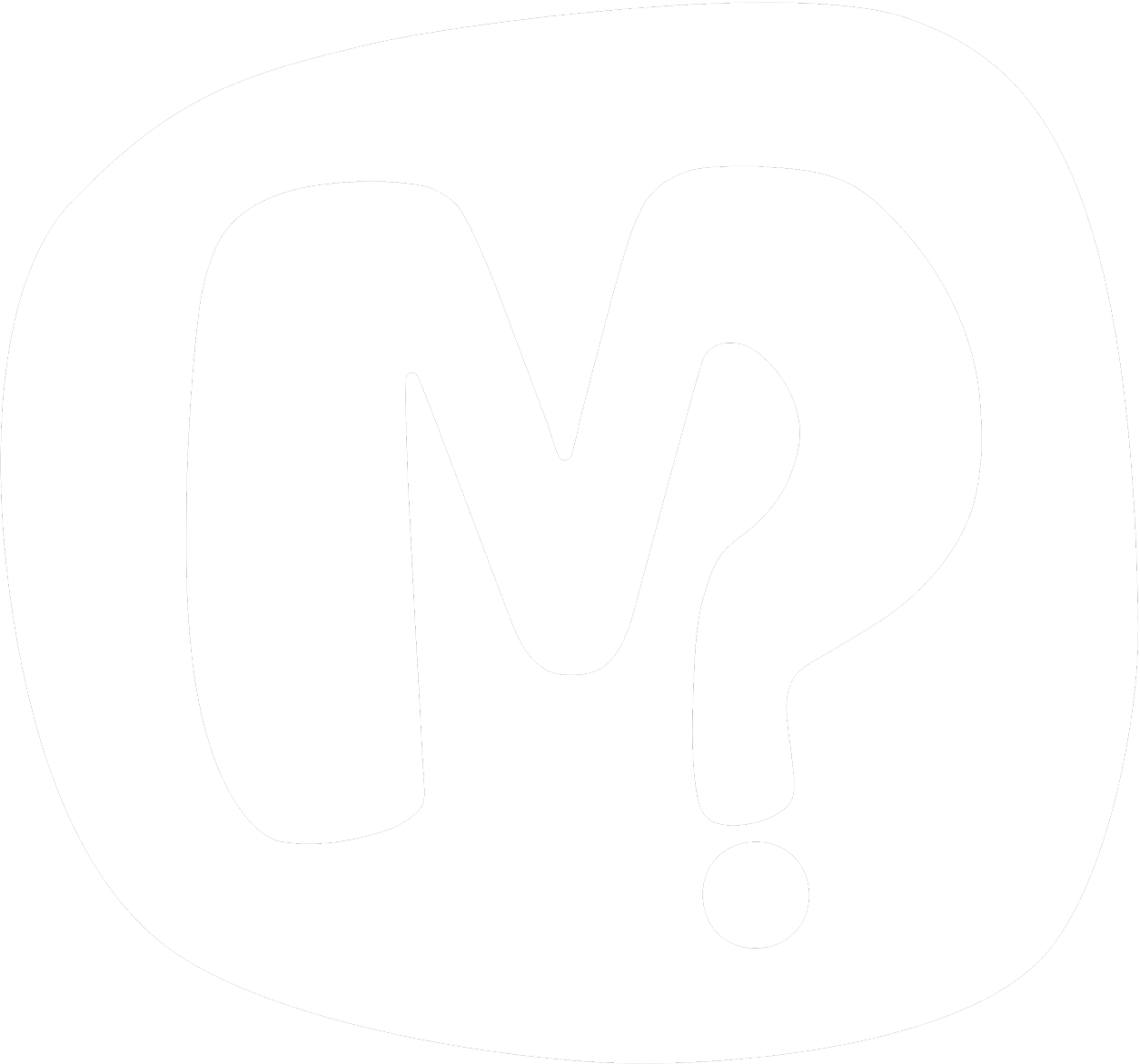Types of Forces
Rationale
By understanding different types of forces and how they are exterted, we can notice them in our daily lives and use them when creating solutions to problems.
Essential Questions
- What are some examples of forces?
- How can we harness the power of the wind?
- What is friction and how is it used in everyday objects?
- How does elasticity impact a ball's ability to bounce?
- What is magnetism and how is it used in everyday objects?
Future Action
Your students will be able to notice different types of forces and how they are used in their daily lives. They will make connection between the exertion of forces and the changing shape and movement of everyday objects. Your students will be able to better utilise their understanding of forces to solve complex problems when designing and creating.

Pretesting and Familiarisation
Types of Forces Pretest
Your students will complete a pretest about different types of forces.
Your students will complete a pretest about different types of forces.
Types of Forces Glossary
Your students are going to become familiar with words that they will use during this learning sequence.
Your students are going to become familiar with words that they will use during this learning sequence.
Learning Opportunities
Experimenting with Magnetic Force
Your students will explore magnetic force as they design a maze that a paper clip can move through.
Your students will explore magnetic force as they design a maze that a paper clip can move through.
Types of Forces: Experimenting
Your students will learn about different types of forces as they conduct experiments in small groups.
Your students will learn about different types of forces as they conduct experiments in small groups.
Types of Forces: Matching
Your students will match examples with different types of forces.
Your students will match examples with different types of forces.
Experimenting with Wind Power
Your students will explore wind power as they construct a pinwheel.
Your students will explore wind power as they construct a pinwheel.
Experimenting with Friction
Your students will use a tennis ball, a shoe and a slide to experiment with friction.
Your students will use a tennis ball, a shoe and a slide to experiment with friction.
Experimenting with Elasticity
Your students will conduct an experiment to work out which ball will bounce the highest.
Your students will conduct an experiment to work out which ball will bounce the highest.
Demonstration of Understanding
Developing My Presentation
Your students will select a performance of understanding and develop a presentation to show what they have learnt during this learning sequence.
Your students will select a performance of understanding and develop a presentation to show what they have learnt during this learning sequence.

